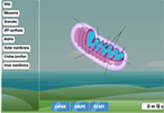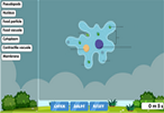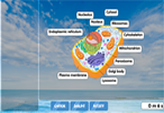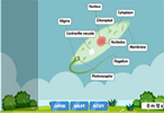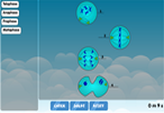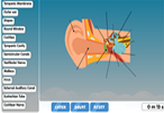Atom diagram labelling game
Atoms of different elements are the basic units that form matter – from the particles of air you breathe, to your favourite food or clothes.
Dive Deep into the World of Atoms: Label and Learn
Atoms are the tiny building blocks of everything we see, touch, and interact with daily. To truly grasp the intricacies of our universe, understanding the atom and its components is crucial. Through engaging, interactive diagrams and games, children can not only learn about atoms but also understand their importance in the grand scheme of things. Let's explore the captivating journey of labelling parts of an atom.
Atom Diagram: The Blueprint of Matter
Before diving into the parts, it's essential to understand what an atom diagram represents. Just as a map provides guidance about a city or country, an atom diagram gives a visual representation of the structure of an atom. It shows the central nucleus and the orbiting electrons, laying down the basics of atomic structure.
Diagram of Atoms Labelling: Deciphering the Components
The diagram of atoms labelling is a step-by-step guide to identifying the different parts of the atom. Here's a brief rundown:
Nucleus: Located at the center of the atom, the nucleus houses protons (positively charged) and neutrons (no charge).
Electrons: These negatively charged particles revolve around the nucleus in specific orbits or shells.
Protons: Positive particles within the nucleus.
Neutrons: Neutral particles, also within the nucleus.
Understanding and identifying these parts is crucial for a comprehensive grasp of atomic theory, which underpins so many scientific concepts.
Label Parts of an Atom: Interactive Learning
One of the most effective ways to reinforce knowledge about atomic structure is through interactive games where learners can label parts of an atom. By actively engaging with the material and labeling various components, kids can better retain and recall information.
For those eager to dive into this interactive experience, the atom diagram labelling game is an excellent place to start. This tool combines the thrill of a game with essential educational content, ensuring kids grasp the basics while having fun.
Expanding Horizons with Science Games
Science is not just about rote learning. It's about exploration, inquiry, and hands-on understanding. Integrating games into the learning process makes this journey even more compelling. For a wide range of interactive educational experiences, explore the array of science games here. Whether it's biology, chemistry, or physics, there's something for every budding scientist.
Conclusion: The Atom - A Universe in Itself
The journey into the world of atoms is both fascinating and foundational. Through the diagram of an atom and the active process of labelling, children gain a deeper appreciation for the micro-universe that exists in every speck of matter. Dive into this atomic adventure, and discover the wonders that lie within the smallest of structures.
While the typical diagram of an atom that you can see online or in charts depicts a nucleus at the center closely encircled by a bunch of electrons, this is only a partially accurate illustration of an atom.
In reality, atoms are theorized to be mostly empty, since the electrons are extremely far away relative to the nucleus. You can compare such distances to how many millions of kilometers each planet is to our Sun.
While an atom is usually described as the building block of all matter, it does have three subatomic components. These are the protons, neutrons, and charged clouds called electrons. The neutrons and protons are all clumped together to form the nucleus.
The number of protons possessed by an atom determines which element it is. Normally, there are as many protons as there are electrons, meaning that their positive and negative charges cancel out. When electrons are either added or lost, the atom is ionized.
Your kids or students can try our atom diagram labelling to test their knowledge on the parts of an atom and aid in the assessment of their comprehension of basic chemistry principles.

